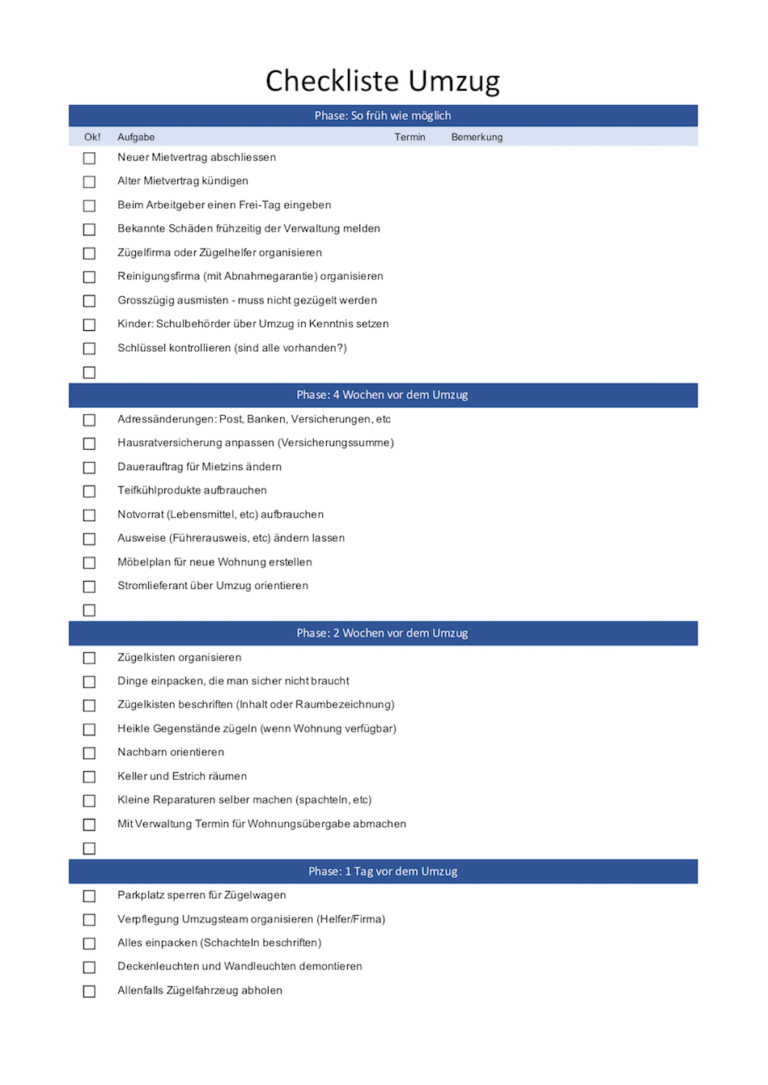Assessing The Decline Of American Military Power Relative To China's Growth

Table of Contents
China's Military Modernization and Expansion
Technological Advancements
China's military modernization is driven by significant technological leaps. They are rapidly closing the gap, and in some areas, surpassing the US in specific military technologies. This technological surge poses a direct challenge to American military supremacy.
- Hypersonic Weapons: China's development of hypersonic glide vehicles (HGVs) and hypersonic ballistic missiles represents a major technological breakthrough, potentially rendering existing US missile defense systems less effective. These weapons can travel at five times the speed of sound, making them extremely difficult to intercept.
- Artificial Intelligence (AI) Integration: China is aggressively investing in AI for military applications, including autonomous weapons systems, enhanced surveillance capabilities, and improved battlefield decision-making. This integration of AI could significantly alter the nature of future warfare.
- Cyber Warfare Capabilities: China has developed sophisticated cyber warfare capabilities, posing a significant threat to US critical infrastructure and military networks. These capabilities are used for espionage, sabotage, and disruption.
- Advanced Anti-Ship Ballistic Missiles: The development of DF-21D and DF-26 missiles, capable of striking naval vessels hundreds of miles from the Chinese coast, represents a major challenge to US naval power projection.
Increased Military Spending and Budget
China's military budget has seen dramatic increases over the past decades. While the exact figures remain subject to debate, the growth is undeniable and represents a significant investment in military modernization. This contrasts with periods of relative stagnation or even reduction in US military spending in certain areas.
- Budgetary Disparity: While the US still maintains a significantly larger military budget in absolute terms, China's consistent increase in defense spending as a percentage of GDP is noteworthy. This sustained investment fuels its rapid military expansion.
- Branch Allocation: China is increasing its investment across all military branches – navy, air force, army, and space force – reflecting a comprehensive modernization strategy. The US, while having a larger overall budget, faces challenges in allocating resources effectively across competing priorities.
Expansion of Military Presence and Influence
China's military presence and influence are expanding globally. This expansion is fueled by its growing naval power, the strategic Belt and Road Initiative, and assertive actions in disputed territories.
- Naval Base Expansion: China is establishing naval bases and logistical support facilities across the Indian Ocean and beyond, enabling it to project power further from its shores. This expands its reach and influence globally.
- Belt and Road Initiative (BRI): The BRI provides China with opportunities to establish strategic partnerships and exert influence in numerous regions, many of which have significant geopolitical implications. These partnerships often include military cooperation or access.
- South China Sea Assertiveness: China's assertive actions in the South China Sea, including the construction of artificial islands and military installations, underscore its determination to assert its claims and influence regional dynamics.
Challenges to American Military Power
Budgetary Constraints and Prioritization
Maintaining a technologically advanced military is expensive. The US faces significant budgetary challenges in balancing competing domestic priorities with the need to maintain its military superiority. This leads to difficult choices and potential trade-offs.
- Troop Numbers: Maintaining sufficient troop numbers across various deployments presents a budgetary challenge. Reducing troop numbers may lead to a diminished ability to respond to multiple crises simultaneously.
- Equipment Modernization: Keeping pace with technological advancements requires substantial investment in new weapons systems and equipment upgrades. Budgetary constraints can hinder the modernization process.
- Research and Development (R&D): Sustaining a technological edge demands significant investment in R&D. Cutbacks in R&D could leave the US vulnerable to technological surprises from competitors.
Maintaining Technological Superiority
Maintaining technological superiority is a critical challenge. China's advancements in specific areas are forcing the US to reconsider its approach and prioritize different technologies.
- Increased R&D Investment: The US needs to increase investment in defense-related R&D to stay ahead of technological advancements by China and other competitors. This requires a national commitment to innovation.
- Fostering Innovation: Creating a more agile and innovative defense industrial base is essential. This involves streamlining processes, fostering collaboration between academia, industry, and the military, and incentivizing technological breakthroughs.
- Strategic Focus Shift: The US may need to reassess its strategic priorities and adapt its military capabilities to effectively counter China's technological advances.
Domestic Political Factors and Public Opinion
Domestic political factors and public opinion can significantly impact US military strategy and resource allocation. Political polarization and shifting public sentiment can create challenges for long-term strategic planning.
- Political Polarization on Military Spending: Debates about military spending often become highly politicized, making it challenging to reach consensus on long-term investment strategies.
- Public Support for Military Intervention: Public support for military interventions can fluctuate, impacting the government's ability to engage in military operations and allocate resources effectively.
- Domestic Priorities: Competing domestic priorities, such as healthcare, education, and infrastructure, can limit the resources available for military spending.
Implications for Global Security
Regional Instability and Power Dynamics
The shifting balance of power between the US and China has significant implications for regional stability and alliances. Increased competition could lead to miscalculations and heightened tensions.
- South China Sea: The ongoing tensions in the South China Sea illustrate the potential for conflict arising from competing territorial claims and military posturing.
- Taiwan Strait: The situation in the Taiwan Strait is another potential flashpoint, with the possibility of military conflict having serious regional and global ramifications.
- Alliance Realignment: The shifting power dynamics are leading to realignments of alliances and partnerships as nations seek to navigate the changing geopolitical landscape.
Great Power Competition and the Potential for Conflict
The competition between the US and China has the potential to escalate, leading to direct or indirect conflict. Miscalculations or escalation could have devastating consequences.
- Potential Flashpoints: Numerous potential flashpoints exist, ranging from territorial disputes to cyberattacks and economic sanctions.
- Diplomacy and Deterrence: Effective diplomacy and a robust deterrence strategy are essential to managing the risks of great power competition and preventing conflict.
Conclusion
The perceived decline of American military power relative to China's growth is a complex issue with significant implications for global security. China's rapid military modernization, coupled with challenges facing the US military, has created a new strategic landscape. Understanding the factors contributing to this shift is crucial for policymakers and the public alike. Further analysis of "American Military Power vs. China" is vital for effective strategy development and maintaining global stability. We must continue to closely monitor this evolving dynamic and engage in informed discussions about the future of global military power. The future of "American Military Power vs. China" requires constant vigilance and strategic adaptation.

Featured Posts
-
 Nyt Mini Crossword Answers And Clues For May 13 2025
May 31, 2025
Nyt Mini Crossword Answers And Clues For May 13 2025
May 31, 2025 -
 Assessing The Accuracy Of Veterinary Watchdog Claims
May 31, 2025
Assessing The Accuracy Of Veterinary Watchdog Claims
May 31, 2025 -
 Umzug In Deutschland Kostenlose Unterkunft In Dieser Stadt
May 31, 2025
Umzug In Deutschland Kostenlose Unterkunft In Dieser Stadt
May 31, 2025 -
 Confirmation Elon Musk Resigns From Trumps Team
May 31, 2025
Confirmation Elon Musk Resigns From Trumps Team
May 31, 2025 -
 Royal Bank Of Canada Reports Lower Than Expected Earnings
May 31, 2025
Royal Bank Of Canada Reports Lower Than Expected Earnings
May 31, 2025
